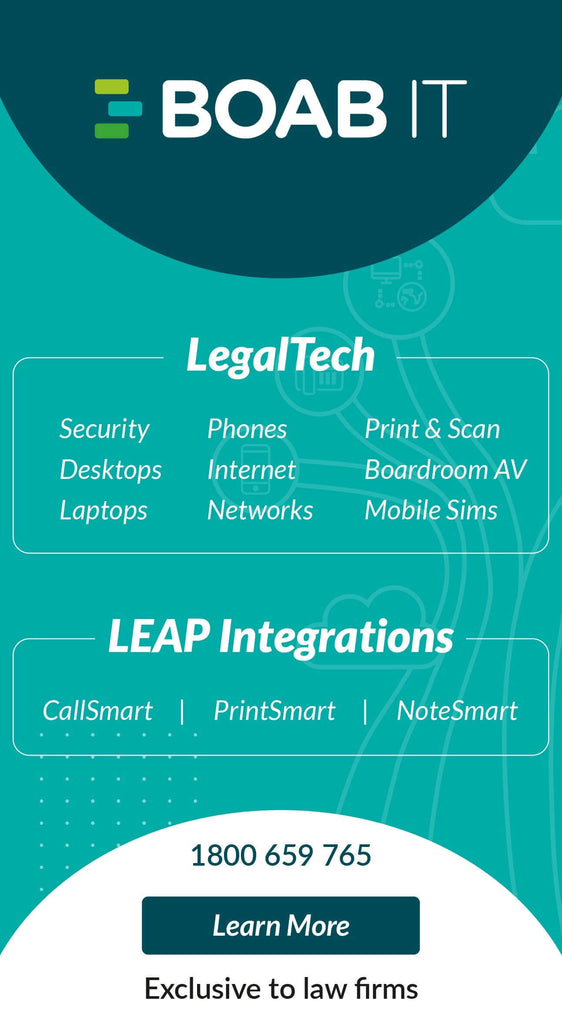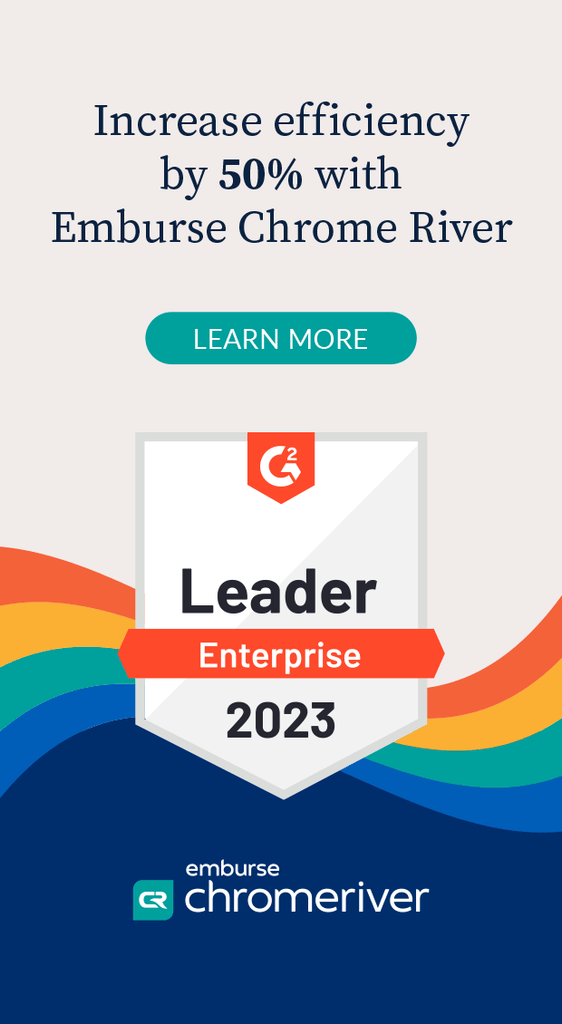Indeed, according to a report released in April by EY Law and Harvard Law School, in-house workloads are expected to rise by 25 percent over the next three years – and 75 percent of respondents said their hiring budget would not match that pace.
What comprises this workload? A vast majority – 87 percent – of the general counsel and in-house lawyers surveyed said they are spending too much time on low-value, routine tasks.
That means there’s good news and there’s bad news:
- The good news: These straightforward, reoccurring tasks are rife for legal tech and automated solutions.
- The bad news: Finding the right legal tech can be anything but straightforward.
Indeed, Gartner estimates that by 2025, Legal Departments will triple their spend on legal technology – but many will fail to achieve a meaningful return on investment. Gartner said many Legal Departments lack “sufficient regard for business requirements and end users’ needs,” and predicts that for contract software alone, only 30 percent of the potential benefit will be realized.
How can you avoid wasting time and money on technology that doesn’t deliver?
One: Look for flexibility.
Much of the buzz in legal operations surrounds the largest Legal Departments – and much of the product development does, too. But while the average Corporate Legal Operations Consortium member has 104 FTEs, worldwide, the median for total inside legal staff is just six, according to the Association of Corporate Counsel.
Deploying software built for a 104-person behemoth with a team of six may be wasteful and overwhelming – if not cost-prohibitive.
Not all in-house teams need costly and complex enterprise solutions. With modern matter management, small teams can achieve the same results as big corporate teams, with solutions that are scaled appropriately for them. Month-to-month pricing options allow you to pay for what you need without a locked-in contract, and intuitive installation means many Legal Departments can set up, customize and launch the software themselves – without consultants or, often, the IT team.
Two: Shop for specificity.
They may be popular and effective in other areas of your organization, but general “project management” software is neither built for specific Legal Department workflows nor built to complement Legal Department tools, such as document management systems.
Look for modern matter management software built with a pure focus on in-house legal needs and developed by people who have been in your proverbial shoes. Even more important, look for a vendor who serves legal teams like yours, so you can benefit from others’ ideas, hacks and best practices.
Three: Seek specific time-saving solutions.
Recall that 87 percent of in-house teams are bogged down by simple, repetitive, high-volume work. Look for modern matter management solutions that make these more efficient.
Consider:
- Legal Intake and Triage: Dynamic, customized forms and templates can “pre-populate” information for reoccurring matters
- Integrations: Out-of-the-box integrations with Outlook or Gmail allow you to open matters straight from your inbox
- Interactive Dashboards and Automated Reporting: With your data all in one place, modern matter management can instantly generate dashboards and reports, eliminating the need for tedious information compilation
Currently, 70 percent of in-house counsel do not have “adequate technology,” according to the EY Law and Harvard Business School report. If you’re among them, consider creating a legal technology roadmap to guide your purchases this budget season and in the years ahead. Our white paper, Create a Legal Technology Roadmap in Three Steps, will show you how.
Also read top viewed Ai Legal article: The Role of AI in Legal Research.






